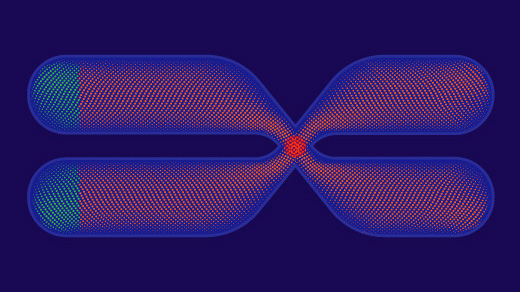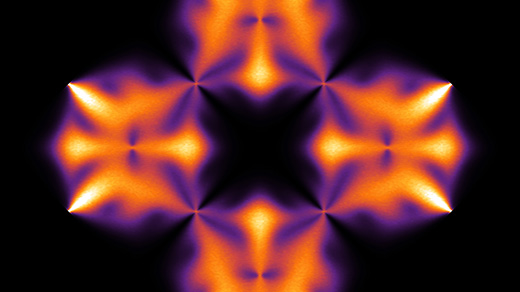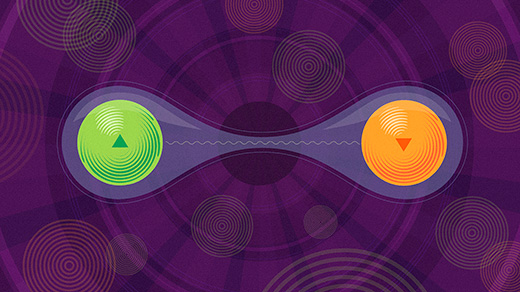What's up in
Explainers
Latest Articles
In Topology, When Are Two Shapes the Same?
As topologists seek to classify shapes, the effort hinges on how to define a manifold and what it means for two of them to be equivalent.
The Complex Truth About ‘Junk DNA’
Genomes hold immense quantities of noncoding DNA. Some of it is essential for life, some seems useless, and some has its own agenda.
Banach-Tarski and the Paradox of Infinite Cloning
One of the strangest results in mathematics explains how it’s possible to turn one sphere into two identical copies, simply by rearranging its pieces.
Neither Star nor Planet: A Strange Brown Dwarf Puzzles Astronomers
Brown dwarfs such as “The Accident” are illuminating the murky borderlands that separate planets from stars.
Galois Groups and the Symmetries of Polynomials
By focusing on relationships between solutions to polynomial equations, rather than the exact solutions themselves, Évariste Galois changed the course of modern mathematics.
The ‘Weirdest’ Matter, Made of Partial Particles, Defies Description
Theorists are in a frenzy over “fractons,” bizarre, but potentially useful, hypothetical particles that can only move in combination with one another.
How Bell’s Theorem Proved ‘Spooky Action at a Distance’ Is Real
The root of today’s quantum revolution was John Stewart Bell’s 1964 theorem showing that quantum mechanics really permits instantaneous connections between far-apart locations.
How ‘Long COVID’ Keeps Us Sick
Other diseases with long-term symptoms can help us understand how COVID can affect us long after the virus itself is gone.
Brighter Than a Billion Billion Suns: Gamma-Ray Bursts Continue to Surprise
These ultrabright flashes have recently been tracked for days, upending ideas about the cataclysms that create them.








